From Tiny Trays to Garden Beds: Efficient Seedling Rearing and Soil Temperature Tips
It never ceases to amaze me what little indoor space you need to rear thousands of seedlings. We have used two 50 cm x 30 cm x 15 cm trays to germinate approximately 150 seedlings from 10 cultivars. When they get bigger we move them into two 1.3 x 8 m beds covered with polythene to rear them before they take their permanent positions in the gardens in early - mid April.
Many of the plants we grow I prefer to sow directly outside and one of the most important things to consider when sowing is that the temperature of the soil is high enough for the seed to germinate.
Other important considerations include:
whether the seed requires any pre-treatment before it will germinate, i.e stratification and scarification (mainly relevant for perennial plants particularly trees and shrubs).
how deep you sow the seed - too shallow is better than too deep.
that the correct moisture levels are kept constant during the germination phase - not too wet, not too dry and with the ideal moisture levels similar to that of a wrung out cloth.
This post we'll focus on soil temperature for germinating seeds. We'll look at why this is important, how to take soil temperature, and I've included a table showing the minimum and preferred soil temperatures for germination of some common plants.
Often you will find a monthly guide on a seed pack indicating when to sow seeds and this generally works okay, but can be misleading. If you have a long cold winter and the soil is cold, germination will be delayed and in some cases the seeds may rot in the ground. On the other hand, if the soil is unusually warm in the spring, it's possible to seed earlier. Being able to tell the soil temperature and being aware of the preferences of each plant will result in more or your seeds germinating.
Measuring Soil Temperature
You want to measure the temperature at seeding depth and this will differ for each seed you sow. The general rule is sow to a depth of no more than twice the diameter of the seed, but like I said above it's better to go too shallow than too deep.
Any thermometer that will measure temperature at a specific depth can be used to measure soil temperature. Insert the thermometer into the area where the seeds will be sown and wait a few minutes before you take a reading.
Bear in mind that each area of your garden will probably have a different temperature. The soil temperature is influenced by the following factors:
Bare soil warms much faster than mulched soil and vegetated soil.
Dry soil will be warmer than wet soils.
South facing soils will be warmer than north facing, and the amount of shade cast on the soil will affect the temperature considerably.
Warming up the Soil
As the air temperature starts to warm up in early spring you may like to get a head start with your sowing and accelerate the warming of the soil. If you have a mulch on your soil for the winter you can temporarily remove the mulch. The dark coloured soil will absorb all wavelengths of light and convert them into heat, warming the soil much faster. Another alternative is to leave the mulch on and cover the bed with a plastic sheet or glass pane. On a sunny day this will provide considerable heat. Of course you can also remove the mulch and use the sheet or glass on the bare soil and this has the added benefit of germinating any seeds in the patch that can be pulled before you start sowing.
Minimum and Preferred Temperatures for Common Crops
Here's a table providing the minimum and preferred soil temperature for a number of crop seeds and the estimated time it takes the seeds to germinate
Regenerative Landscape Design - Online Interactive Course
Want to learn how to design, build and manage regenerative landscapes? Join us on our Regenerative Landscape Design - Online Interactive Course. We look forward to providing you with the confidence, inspiration, and opportunity to design, build and manage regenerative landscapes, gardens, and farms that produce food and other resources for humans while enhancing biodiversity.
You can access the course material at anytime and join the live sessions and interactive forums that run from May - Oct every year. All members of the Bloom Room receive a 500 EUR discount. To take up this offer all you have to do is become an annual subscribers to our Substack and register here with the promo code BLOOM.
I look forward to you joining !
Support Our Project
If you appreciate the work we are doing you can show your support in several ways.
Become a member of the Bloom Room. A $70 annual subscription to our Substack provides you with access to live sessions, design tutorials, a members forum and more, see details here.
Make a purchase of plants or seeds from our Nursery or Online Store
Joining us for one of our Practical Courses or Online Courses
Comment, like, and share our content on social media.
We offer a diversity of plants and seeds for permaculture, forest gardens, and regenerative landscapes including a range of fruit and nut cultivars. We Deliver all over Europe from Nov - March. - Give a happy plant a happy home :)
Welcome to our Online Store where you can find Forest Garden/ Permaculture plants, seeds, bulbs, and Polyculture multi-packs along with digital goods and services such as Online Courses, Webinars and eBooks. We hope you enjoy the store and find something you like. It's your purchases that keep our Project going.
You can also find our full list of trees. shrubs and herbs for forest gardens on our nursery website.

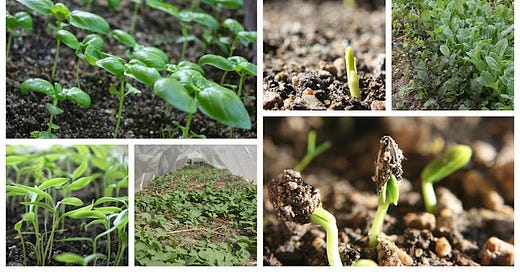



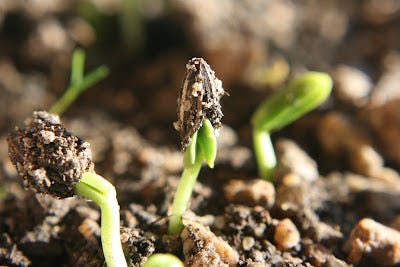
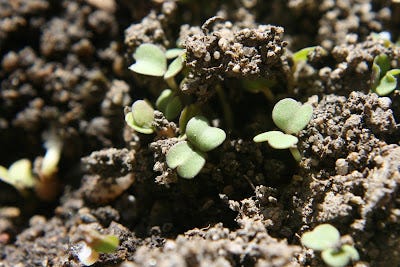
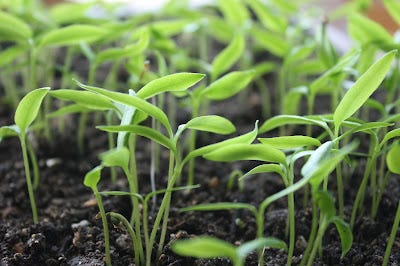
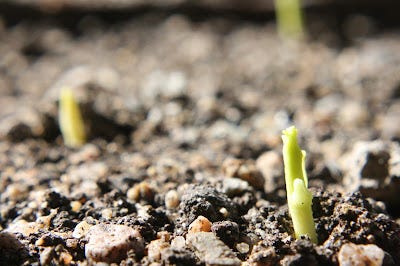
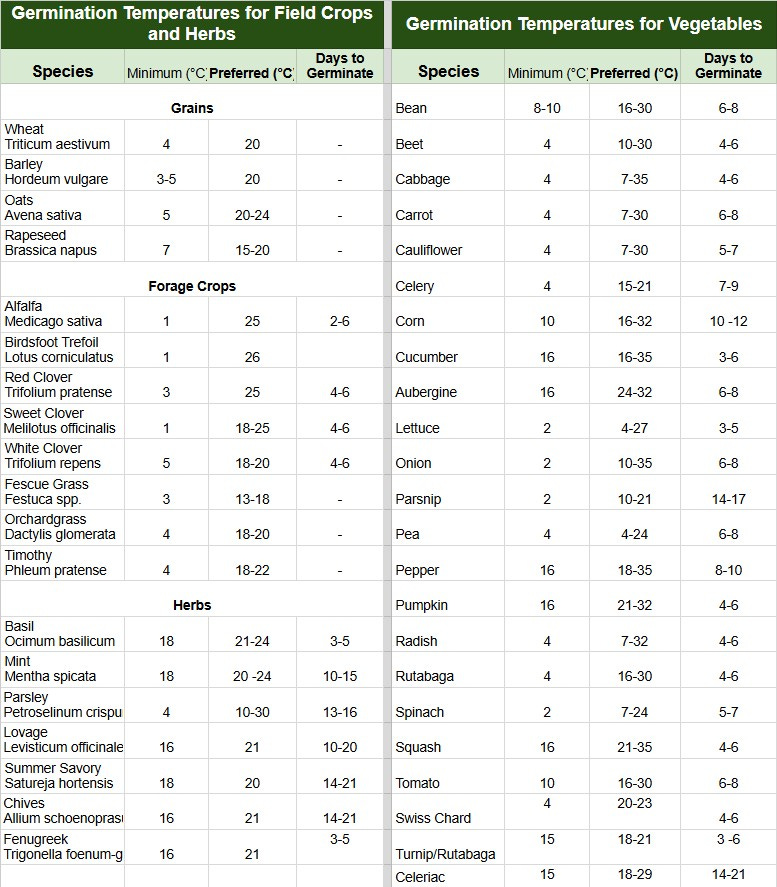
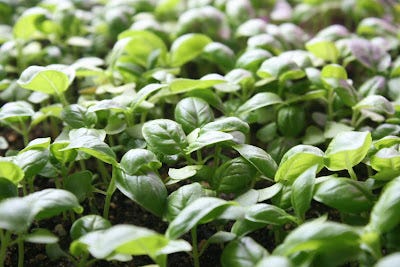
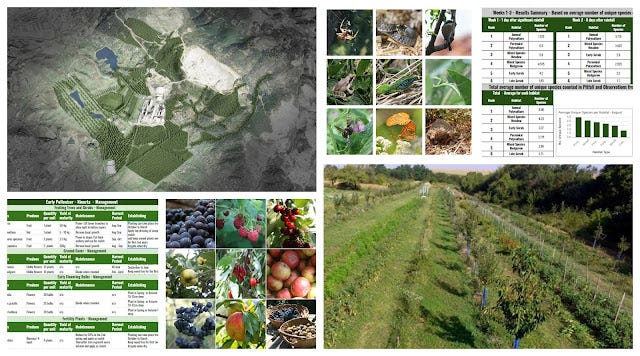

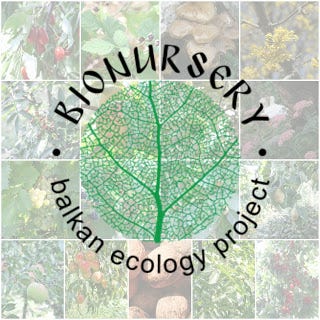
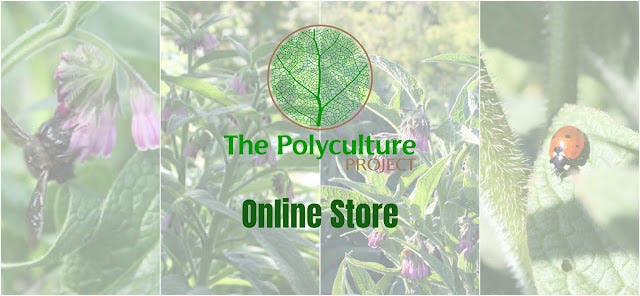
Another really useful table. Thank you Paul.